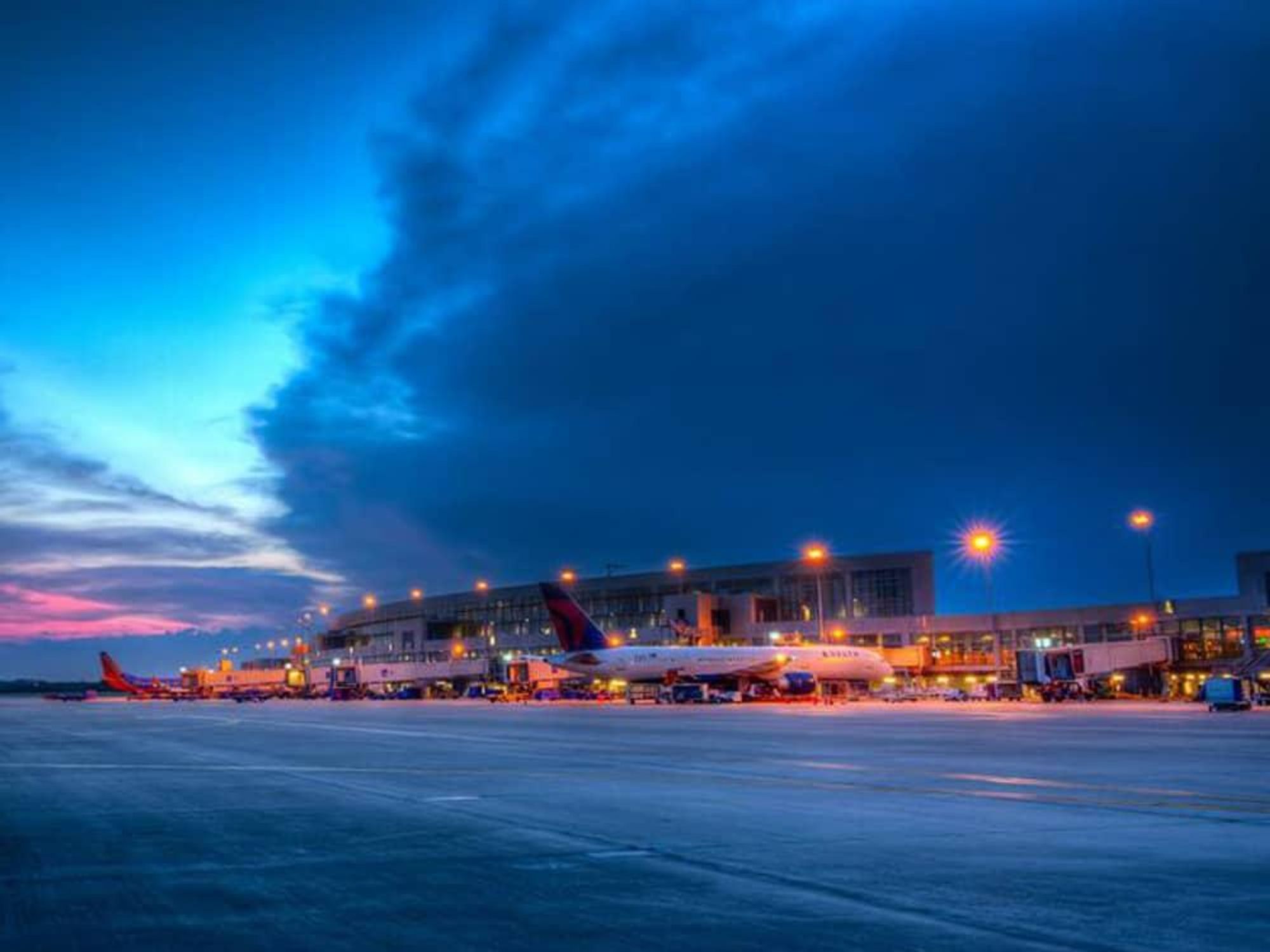History of Austin
A high-flying history of Austin airports, from Mueller to Bergstrom

Austin has always been an attractive destination, and people have been flocking to the Violet Crown of the Hill Country since it was first named Waterloo and later became the Capital City.
In 1928, voters approved Austin's first airport, and it was ushered into existence for commercial flights in 1936. The new travel hub was named for Robert Mueller, a man who served on the city council for only a few months before "dying of blood poisoning brought on by hay fever" while discussing the city budget. The city decided to honor his commitment and sacrifice by officially naming the new airport Robert Mueller Municipal Airport.
In 1961, real change took place at Mueller, when a passenger terminal and control tower — the tower still stands in the Mueller development — were built, signifying Austin had become a piece of the puzzle in modern air transportation. Within the next decade, as Austin experienced growing pains, there was an increasing insistence on moving the airport away from the city and passing voter bonds to help finance the project.
Ushering in a new era with ABIA
The clamoring call for a new airport was met and Mueller was closed, paving the way for a new and exciting neighborhood development in Central Austin. Service was transferred to a facility in Bergstrom, expanding from approximately 700 acres at Mueller to over 4200 acres of land at the new site.
With giant interest and fanfare, the Austin-Bergstrom International Airport was open for air traffic on May 23, 1999, at the site of the former Bergstrom Air Force Base, just five miles from downtown Austin.
ABIA has become not only an airport serving the local, statewide, and international community, but a destination in itself. First-time passengers in ABIA often remark how surprised they are by the facility and how impressed they are with the local representation the airport projects.
Jim Halbrook, longtime Austinite and ABIA spokesman, states that people "come to the airport for a taste of Austin, including the vibe, sights, sounds, and smells of the city. We are a leisure destination," he continues, "and people want to visit Austin for the high-tech, the arts, and the Austin style."
When the airport was planned, it was meant to serve 11 million air passengers. The projected figure was surpassed three years ago and, in 2016, ABIA served over 12.4 million passengers. Luckily, the airport has space and desire to expand to accommodate the growing numbers of visitors to the city of Austin.
As Austin grows, the airport grows as well. New airlines, terminals, dog parks, and more are being added with alarming speed.
In fact, the airport's South Terminal opened Thursday, April 13. It features a retro, midcentury modern design and hosts low-cost airlines like Allegiant Air. And, in true Austin fashion, there are food trucks onsite. Welcome to Austin.

 Say goodbye to 2025 and hello to 2026. austintexas.org
Say goodbye to 2025 and hello to 2026. austintexas.org